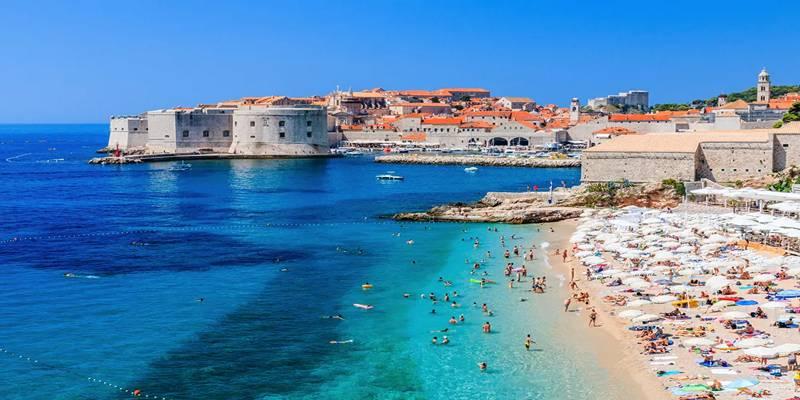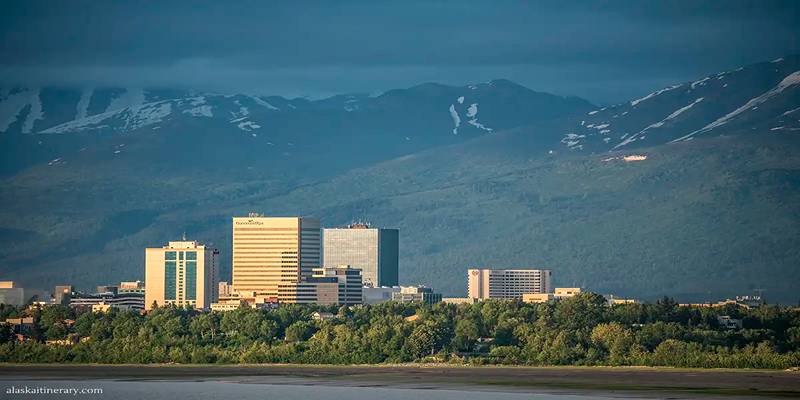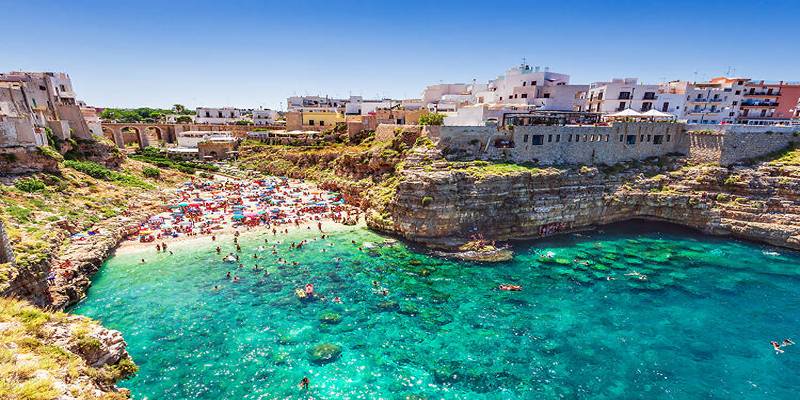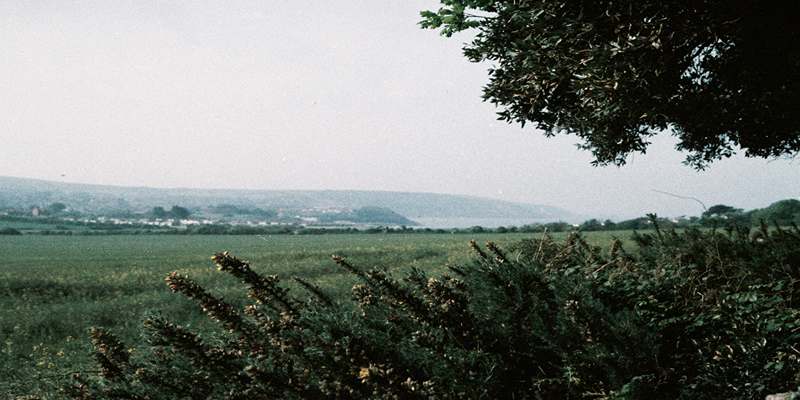Dubrovnik, Croatia's Adriatic jewel, is a destination defined by its medieval walls, sunlit coastline, and clear blue waters. Choosing the right time to visit this historic city can significantly enhance the experience. Each season presents unique advantages and challenges, whether it's the lively summer energy, the calm spring ambiance, or the budget-friendly winter months. Understanding the nuances of Dubrovnik's tourism calendar can help travelers align their preferences—weather, budget, or crowd tolerance—with the best possible time to enjoy the city.
Spring (March to May): Mild Weather and Fewer Tourists
Spring marks the beginning of the tourism season in Dubrovnik, but the crowds remain manageable. March still holds onto winter's chill, but by April, temperatures start rising, often hovering between 13°C to 20°C. May, in particular, is considered one of the most pleasant times to visit.
The city awakens from its off-season slumber with blooming bougainvillea, gradually longer days, and reopened seasonal attractions. Cafés, restaurants, and boat tours resume operations, but with fewer queues than in peak months. Hotel prices are lower compared to summer, making spring an appealing choice for budget-conscious visitors who still want to enjoy a full range of experiences.
Rain can occasionally appear in March and early April, but it rarely disrupts travel plans. By late May, swimming would become more feasible, and ferry schedules would expand, connecting nearby islands and coastal towns.
Summer (June to August): Peak Season, High Energy, and Warm Waters
Dubrovnik’s peak season is unmistakably summer. From June through August, the city becomes a global hotspot for tourists. Days are long and sunny, with temperatures climbing above 30°C in July and August. It is the best time for sunbathers and swimmers, as the Adriatic Sea is comfortably warm.
However, with favorable weather comes a surge in visitor numbers. Cruise ships dock almost daily, and the Old Town’s marble streets fill with crowds by mid-morning. Popular spots such as the city walls or cable car rides require early arrival or strategic planning to avoid queues.
Prices for accommodation, food, and tours are at their highest during these months. Booking well in advance is essential. Still, for those who enjoy a bustling atmosphere, lively festivals, and night events, summer brings Dubrovnik to life in ways no other season does.
The Dubrovnik Summer Festival, held from mid-July to mid-August, is a highlight featuring music, theater, and dance performances in historic venues throughout the city. This period also sees the most vibrant life and beach club scenes.
Autumn (September to November): Warm Seas and Quieter Streets

As summer fades, September offers a perfect blend of warm temperatures and thinning crowds. The sea remains pleasant for swimming well into the month, and daylight hours are still generous. Hotel rates start to dip, and restaurant reservations become easier to secure.
October introduces cooler evenings, but daytime temperatures are still comfortable, generally ranging from 17°C to 23°C. It's a good time to hike the surrounding hills or walk the city walls without overheating. By November, the weather turns cooler and more unpredictable, with increasing rainfall and some closures of seasonal businesses.
Autumn appeals to travelers looking for a quieter, more local experience. With cruise ship visits slowing down, the Old Town regains its rhythm, and there's a chance to engage more authentically with residents and culture. Photographers, in particular, enjoy the golden light and relaxed pace during this season.
Winter (December to February): Budget Travel and Festive Vibes
Winter is Dubrovnik’s low season, yet it offers unexpected charm. While beach activities are out of the question, the city reveals a peaceful side rarely seen during the rest of the year. Temperatures generally range from 7°C to 13°C, and although days are shorter, there’s still enough light for exploration.
Flight and hotel rates are at their lowest, and many tourist-heavy streets fall silent. While some attractions close for the season, key sites like the city walls and museums remain accessible. It’s also the best time to see Dubrovnik as a functioning Croatian town rather than a tourist destination.
The city’s Christmas Market and New Year’s Eve celebrations bring festive life to Stradun, the main pedestrian street. Local traditions, seasonal food, and cultural events give winter a warm touch despite the chill.
Travelers visiting during this time should be aware that ferry services to nearby islands are limited, and some restaurants operate on reduced schedules. However, those seeking solitude, affordability, and a more authentic urban experience will find winter surprisingly rewarding.
Special Considerations for Planning

Travelers planning a visit should consider more than just the weather. Dubrovnik's tourism patterns also depend on cruise schedules, holiday breaks, and local events. Checking cruise ship calendars can help avoid overcrowded days in the Old Town. Weekdays are generally less busy than weekends, and early mornings are ideal for sightseeing.
It's also important to consider personal travel goals. History buffs and photographers may enjoy spring or autumn’s softer light and fewer crowds, while partygoers and beach enthusiasts will find summer ideal. Families with young children may prefer shoulder seasons, where navigation is more straightforward, and heat isn’t overwhelming.
Lastly, major holidays like Easter and New Year’s bring unique charm but may also affect opening hours for some attractions. Planning ensures a smoother experience, particularly when traveling outside the summer months.
Conclusion
There is no single best time to visit Dubrovnik—it depends entirely on the traveler’s preferences. Those drawn to high energy, sea swimming, and local life will find summer ideal, despite the crowds and elevated costs. Visitors seeking cultural immersion, moderate weather, and fewer tourists may prefer the shoulder seasons of spring and autumn.
Whether it’s wandering through the quiet alleys in January, enjoying a May sunset along the city walls, or dancing during July festivals, Dubrovnik reveals a different side with every season. The best experience lies in aligning your visit with what matters most to you.












